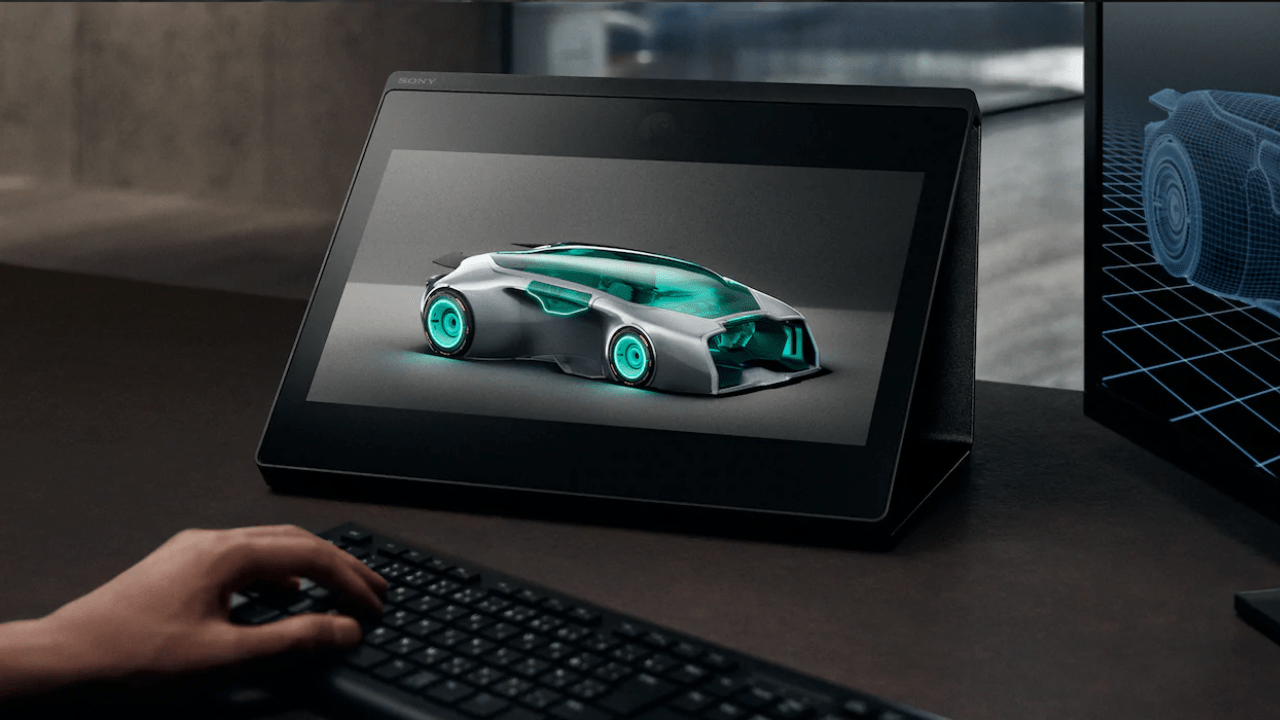The big picture: While most people still think of Sony as a consumer electronics brand, it's actually quite a diverse organization that has been enabling impressive new advancements in sensor technology and other areas for some time now. Don't forget that it supplies about 70% of all the camera sensors used in smartphones, and a variety of its sensors were integrated into the Vision-S autonomous car prototype shown off earlier this year.
Virtually every company in the tech industry is somehow trying to use its products and services to bring some normalcy or enable new opportunities for life in the pandemic. Some of the examples are obvious: Zoom calls and other related videoconferencing platforms are letting us meet, learn, collaborate, and communicate.
Cloud-based computing services are enabling businesses to operate, consumers to shop, and to stay entertained in a time when in-person or group-based events aren't safe.
For Sony, it's not unreasonable to argue that the forthcoming release of the PlayStation 5 will be providing the essential task of keeping tens of millions of us distracted from the sometimes harsh realities of pandemic life. But as the company highlighted at last week's virtual CEATEC show in Japan, it is also working on a number of different technologies that are enabling creators to function in our "new normal."
Under the heading of 3 Rs (Reality, Real-Time, and Remote), Sony Electronics highlighted a surprisingly wide range of efforts it is making in fields as diverse as medicine, sports, entertainment, and content creation in its virtual CEATEC booth.
Some of the most intriguing new capabilities Sony demoed at CEATEC combine elements from multiple different branches of the company, including sensors and imaging, audio, robotics, and even Sony Pictures.
One of the demos on display highlighted a series of robotic cameras that were built and optimized to live stream music. Though details were limited, the system was built with the intention of lowering production costs for streaming and is meant to provide an alternative means of enjoying live music.
Another interesting demo, built in conjunction with Sony Pictures, showed the company's work to build a virtual production studio. Though the concept was premiered earlier at CES, the effort has taken on new meaning and importance in light of the challenges associated with filming content in the real world or even on certain types of sets.
The company uses volumetric cameras to capture 3D images and data from sets and real-world locations, then integrates them with existing high-resolution Sony cameras and a crystal LED-powered display system to allow the creation of high-resolution content in much smaller spaces with smaller numbers of production staff. The idea is to reduce costs and increase the flexibility of generating high-quality content, as well as providing actors with the ability to see what the environments around them will actually look like.

In a somewhat related announcement, the company also showed off the final version of its 3D Spatial Reality Display, a $5,000 4K resolution 15.6" PC monitor that allows 3D modelers, virtual set creators, and other creative professionals to see 3D content without the need for specialized glasses.
The monitor uses what the company calls Eye-Sensing Light Field Display technology, which means it has sensors that track the viewer's eye location and angle, adjusts the light-field-based rendering elements of the display in real-time, then pushes the image through a micro optical lens coating on the display's surface. The end result, according to the company, is a realistic stereoscopic display, without any glasses, that moves naturally as the viewer's head (and eyes) move around. In addition to hardware, Sony also offers software integration with leading 3D engines Unity and Unreal, making it easy to integrate the technology into existing workflows.
The company also presented tools for 3D audio mixing, real-time wireless video transmission for live productions, new applications of its Hawkeye sports tracking technology for baseball games, and many others. In sum, it was an impressive array of different technologies for which the company is rarely recognized. Plus, the demonstrations highlighted how Sony, too, is working to bring new opportunities, and maybe a bit of normalcy, to our pandemic-dominated lives.
Bob O'Donnell is the founder and chief analyst of TECHnalysis Research, LLC a technology consulting firm that provides strategic consulting and market research services to the technology industry and professional financial community. You can follow him on Twitter @bobodtech.
